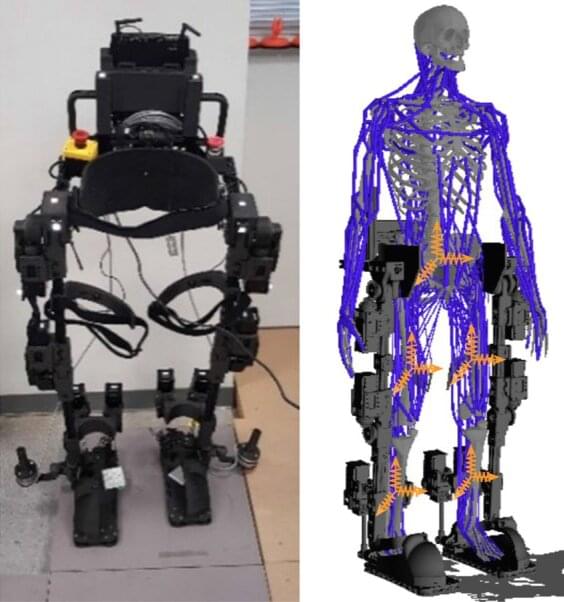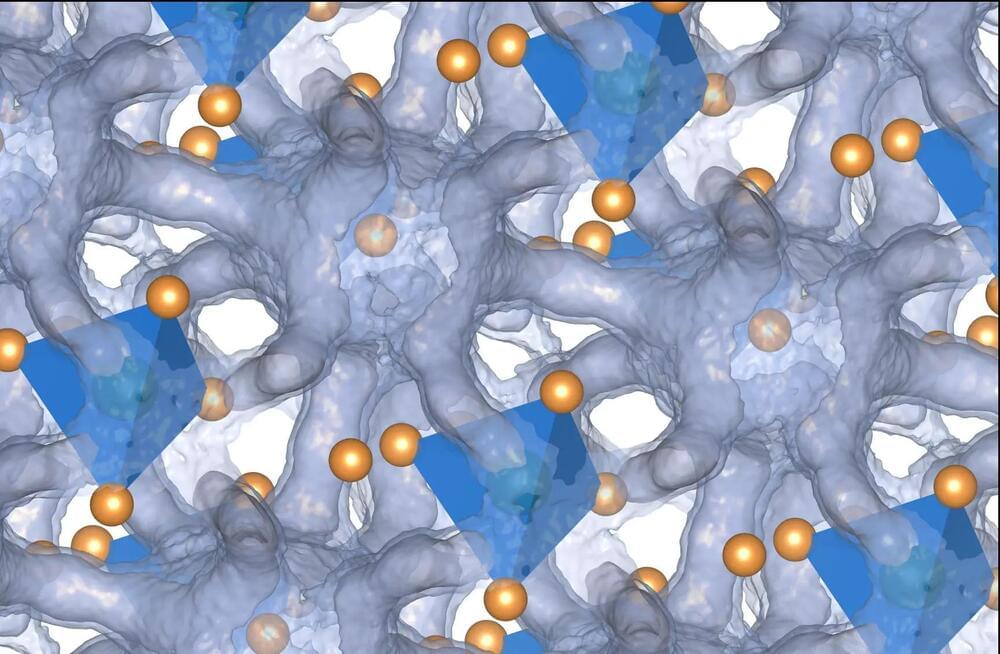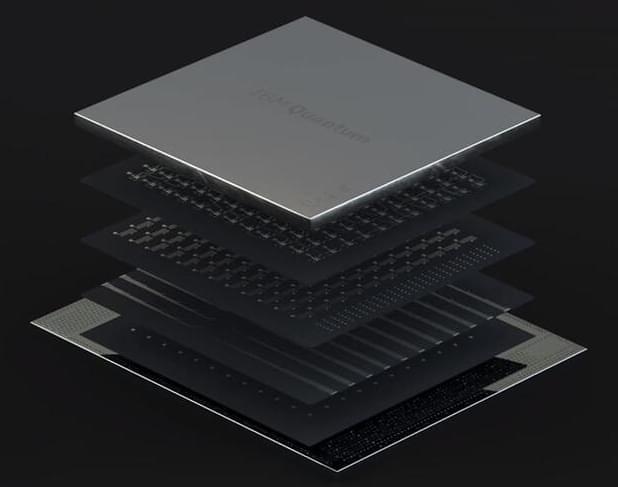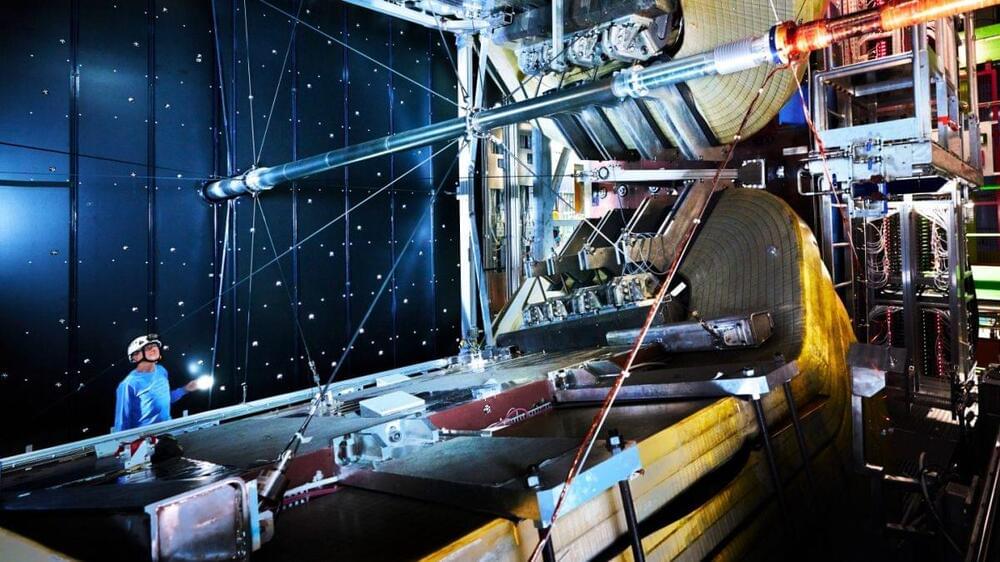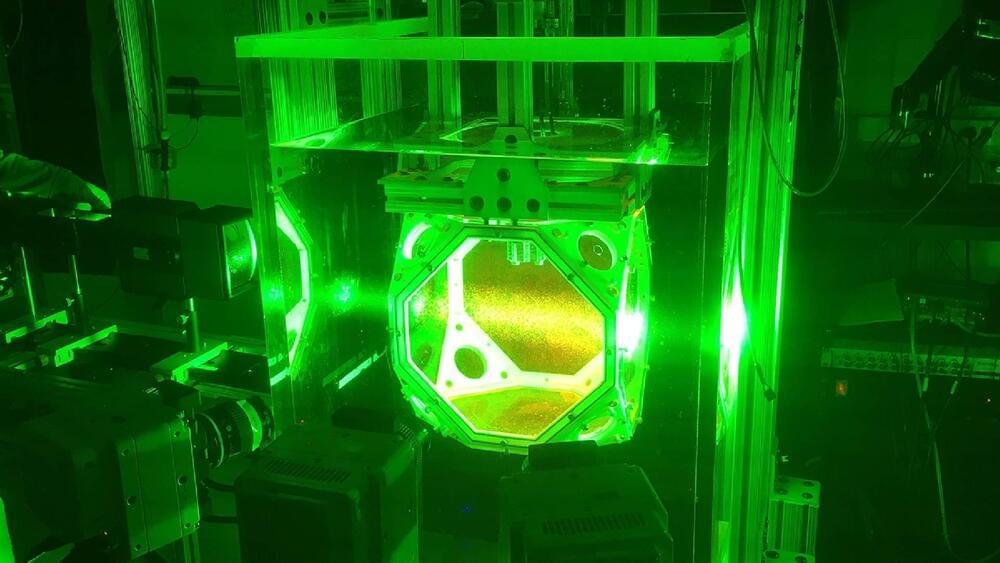A large proportion of CEOs from a diverse cross-section of Fortune 500 companies believe artificial intelligence might destroy humanity — even as business leaders lean into the gold rush around the tech.
In survey results shared with CNN, 42 percent of CEOs from 119 companies surveyed by Yale University think that AI could, within the next five to ten years, quite literally destroy our species.
While the names of specific CEOs who share that belief were not made public, CNN notes that the consortium surveyed during Yale’s CEO Summit event this week contained a wide array of leaders from companies including Zoom, Coca-Cola and Walmart.


